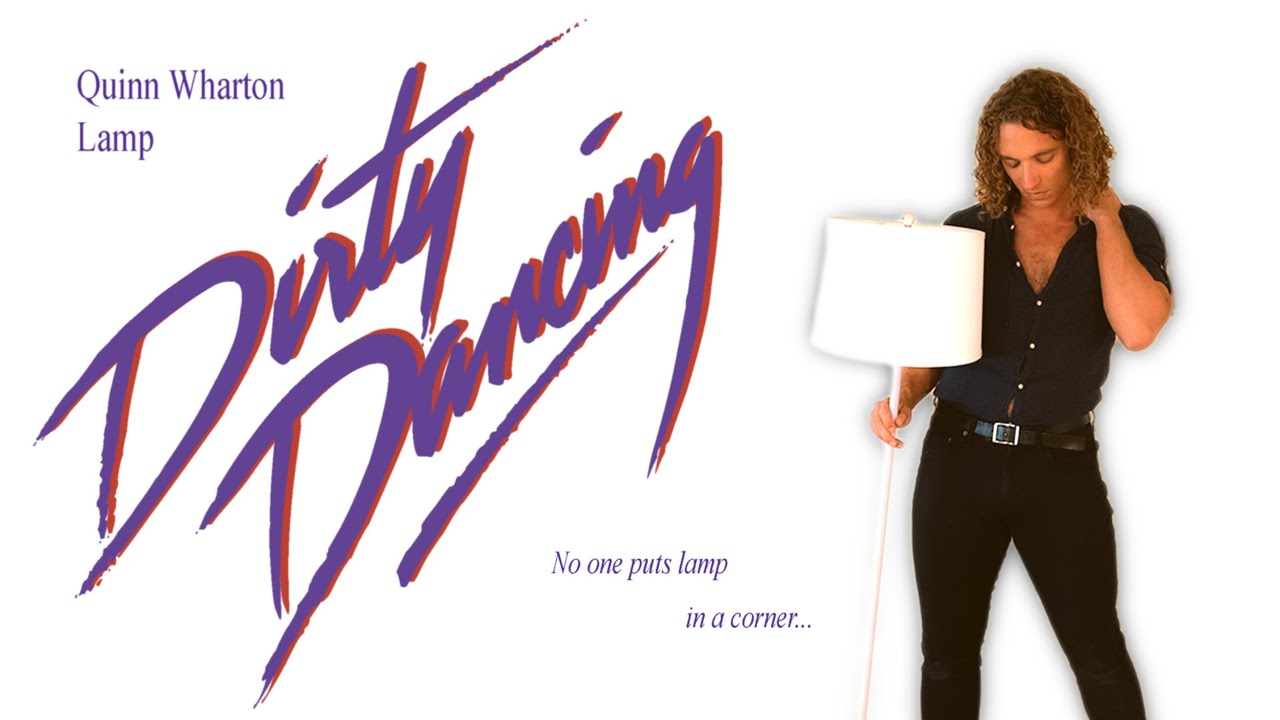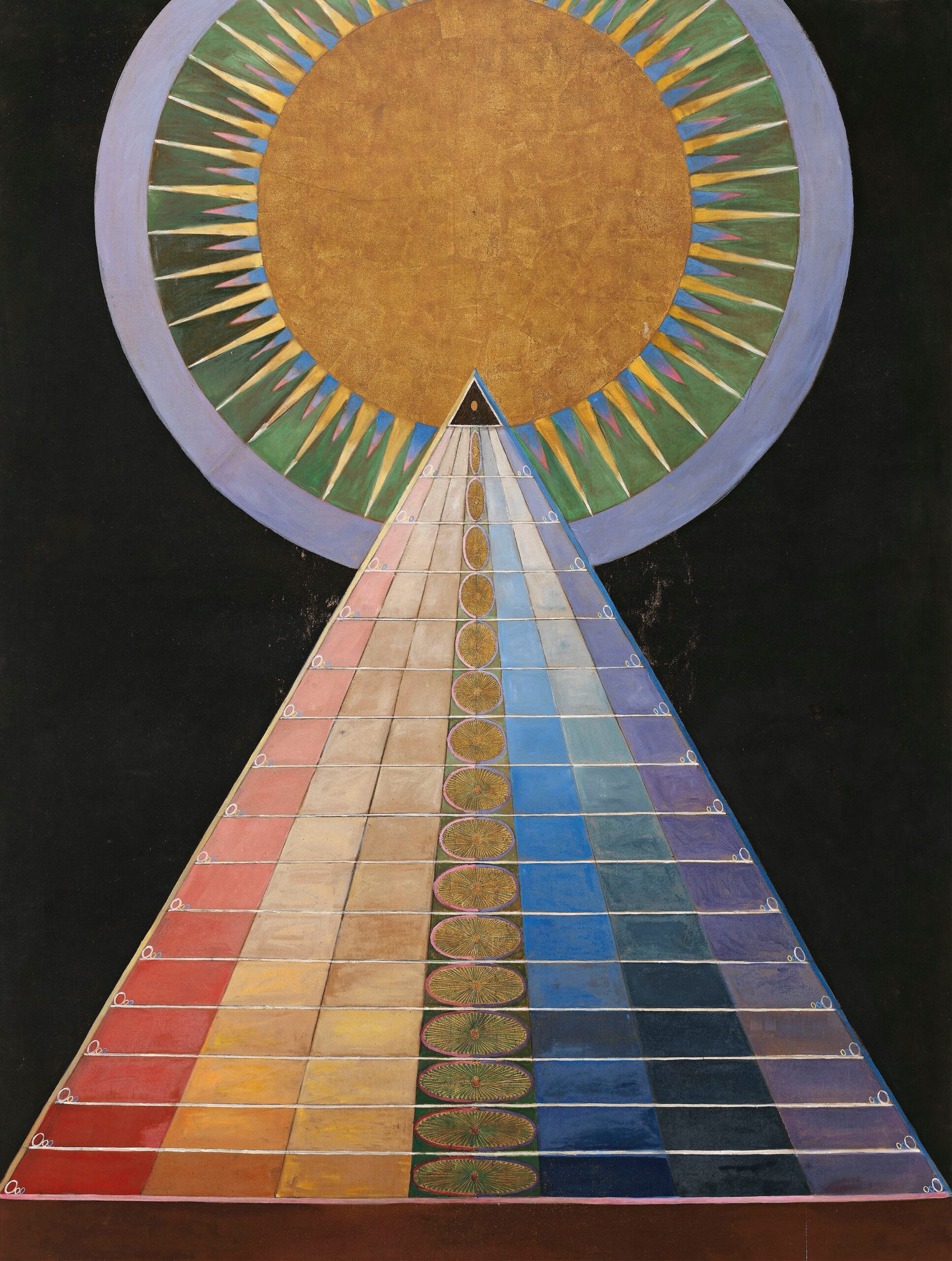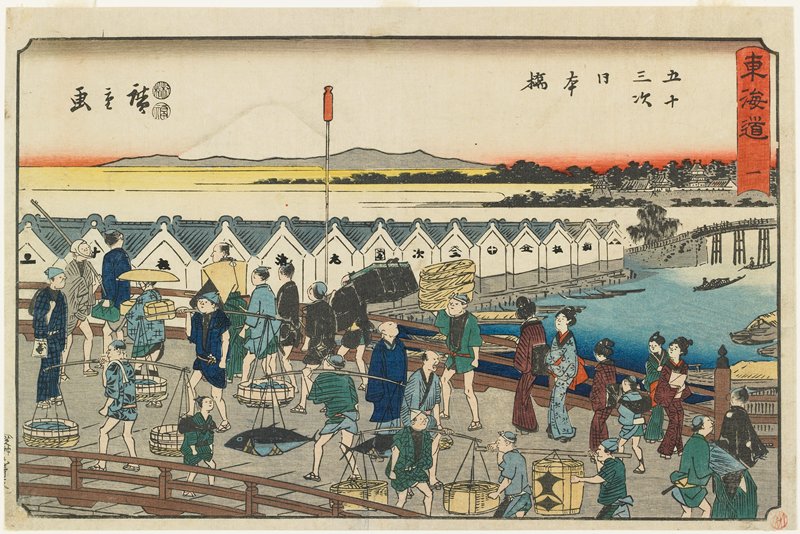When Words Become Visual: The Art of Literary Inspiration
Literature has always been a wellspring of artistic inspiration, offering rich narratives, complex characters, and vivid imagery that transcends the written word. For artists seeking to bridge the gap between text and visual expression, favorite books provide an inexhaustible source of creative material. This intersection of literature and art creates a unique dialogue between two mediums, where visual interpretation can illuminate new meanings within familiar stories.
The Deep Connection Between Text and Image
The relationship between literature and visual art runs deeper than mere illustration. When artists draw inspiration from their favorite books, they’re engaging in a form of creative translation that requires both understanding and reimagining. Unlike straightforward book illustrations, literature-inspired art allows for personal interpretation, emotional response, and artistic license that can reveal hidden layers within the source material.
Consider how the abstract expressionist movement found inspiration in poetry, or how Salvador Dalí’s surrealist paintings often reflected the dreamlike quality of literature. These artists weren’t simply depicting scenes from books; they were extracting the essence, mood, and psychological depth of literary works and transforming them into visual experiences.
Exploring Different Artistic Approaches
Artists approach literature-inspired work through various lenses. Some focus on character studies, creating portraits that capture the psychological complexity of beloved literary figures. Others might concentrate on atmosphere, using color, texture, and composition to evoke the mood of a particular scene or setting. Abstract artists might distill the emotional core of a story into non-representational forms, while realistic painters could recreate pivotal moments with photographic detail.
The choice of medium also influences the interpretation. Watercolors might capture the ethereal quality of magical realism, while bold acrylics could emphasize the drama of a tragic narrative. Sculptors might focus on symbolic objects from literature, creating three-dimensional representations that viewers can experience from multiple angles.
The Personal Journey of Interpretation
What makes literature-inspired art particularly compelling is its deeply personal nature. Each artist brings their own reading experience, cultural background, and emotional connection to the text. This means that ten different artists inspired by the same book might create ten completely different works, each valid and meaningful in its own right.
The process often begins with identifying what aspects of a book resonate most strongly. Is it a particular character’s journey, a symbolic object, a crucial scene, or perhaps the overall theme? Artists might find themselves drawn to the color palette suggested by descriptive passages, or inspired by the rhythm and flow of the prose itself.
Building the Bridge Between Mediums
Creating art inspired by literature requires careful consideration of how to translate literary elements into visual ones. Metaphors must become symbols, character development needs to be distilled into single images, and complex narratives may need to be represented through series or triptychs.
This translation process often reveals new insights about both the source material and the artist’s own creative process. Artists frequently discover that their visual interpretation illuminates aspects of the text they hadn’t previously considered, while readers viewing the finished artwork might find new ways to understand and appreciate the original book.
The Viewer’s Experience
Literature-inspired art offers viewers a unique experience, especially for those familiar with the source material. There’s a special joy in recognizing references, symbols, and characters within a visual work. For those unfamiliar with the book, the art can serve as an invitation to explore the literary source, creating a cycle of cross-pollination between the arts.
These works also function as visual book reviews of sorts, offering the artist’s interpretation and emotional response to the text. They can highlight themes, celebrate beautiful passages, or even critique aspects of the original work through visual commentary.
The Ongoing Dialogue
The relationship between literature and visual art continues to evolve as new books are published and new artistic techniques emerge. Digital art has opened up new possibilities for literature-inspired work, allowing for animation, interactive elements, and multimedia presentations that can incorporate text directly into the visual experience.
Contemporary artists are also exploring how to represent modern literary forms, from graphic novels to social media poetry, creating new hybrid forms that blur the boundaries between text and image even further.
Conclusion
Art inspired by literature represents one of the most enduring and rewarding forms of creative expression. It honors the power of words while celebrating the unique capabilities of visual media. For artists, it offers a rich foundation for exploration and interpretation. For viewers, it provides new ways to experience beloved stories and discover new ones.
Whether through detailed illustrations, abstract interpretations, or innovative multimedia presentations, literature-inspired art continues to demonstrate that the conversation between words and images is far from over. Each new work adds another voice to this ongoing dialogue, enriching our understanding of both literature and visual art while creating something entirely new and meaningful.
This creative practice reminds us that art, in all its forms, is interconnected. Books inspire paintings, paintings inspire poems, and the cycle continues, each medium enriching the others in an endless creative conversation that spans cultures, generations, and artistic movements.










